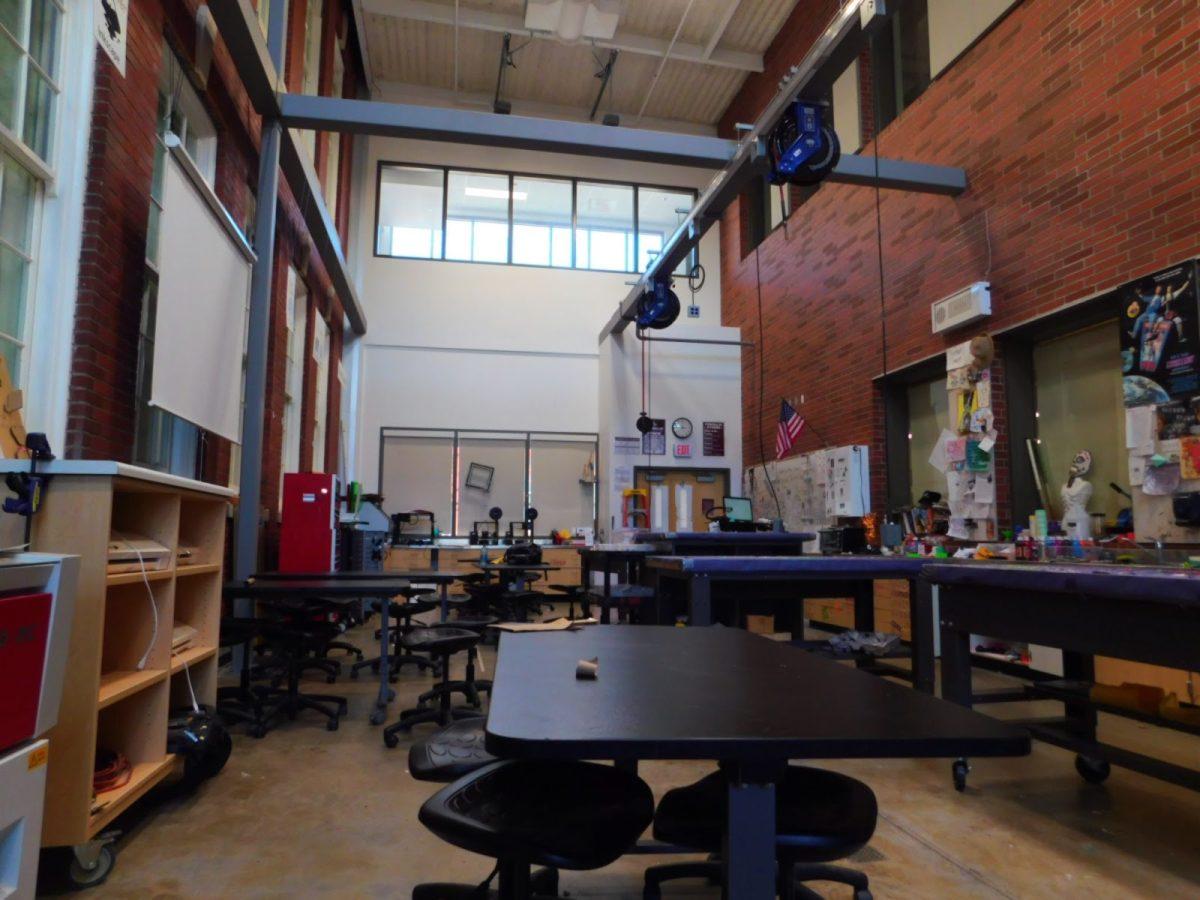As Portland Public Schools (PPS) redraws their budget for the upcoming school year, budget cuts loom for the Makerspace. The Makerspace at Franklin first opened in the 2017-2018 school year; it is a spaceroom that teachers can reserve for creative engineering projects and is meant to help students dive deeper into their curricula. The Makerspace is outfitted with a variety of tools and materials, ranging from cardboard to 3D printers. Currently it appears possible that it will be cut for the 2024-2025 school year.
PPS’ budgeting process lasts six months, which prepares the district for the next school year. Using money from various state taxes and levies, along with specialized funds, they compile a pool of money to be distributed accordingly. Beginning in January, the PPS finance team works with senior leadership to assess staffing needs and priorities along with building a general district-wide budget. Continuing into February and March, each school creates a budget for themselves, using the structure given by the district. In April, the budget is proposed to the school board, and throughout the rest of the month, it is reviewed and changed as needed, with it eventually being provisionally approved in May, and fully approved in June.
Over the last few years the total money in the budget has steadily increased, but not enough to match inflation rates. In a letter to families, the district announced that $30 million would be cut from the budget. PPS attributes some budget losses to the COVID-19 pandemic as well. Around $15 million will come out of schools, which may include completely cutting Makerspaces across the district. PPS declined an interview, as the budget was not yet fully confirmed at the time this article was written.
Tim Itami, the Makerspace teacher at Franklin, has already received his unassignment papers, meaning that next year, he will have no position at Franklin. The Makerspace plays a large role in students’ experiences at Franklin. According to Itami, the Makerspace averages around three classes a day, and has equipment found nowhere else in the building. There are thousands of dollars worth of saws, 3D printers, and laptops, along with other equipment that is unique to the Makerspace.
Recreating what can happen in the Makerspace is going to be a challenge for some teachers. “The quality is not going to be the same,” says Dave Sherden, the Sports Medicine and Anatomy and Physiology teacher at Franklin. “It’s going to be tough to replicate [the Makerspace] in my classroom. It’s going to be a lot more work for me, having to try and come up with materials.” Using hands-on learning, the Makerspace allows for students to dive deeper into their lessons, a key part of Sherden’s Sports Medicine curriculum.
Along with the future for the Makerspace, the future for Itami is unclear. He graduated from Franklin, and returned in the ‘90s to be a coach. Itami has been in the building ever since, working as a coach, then a security guard, and now the Makerspace teacher. Sherden and Itami have known each other since Itami was in high school, playing basketball. Sherden is going to miss his friend once the Makerspace is gone. “[Itami] is a good resource for me. I approach him with ideas and thoughts,” says Sherden. “Having somebody in the Makerspace like Mr. Itami that’s aware of the resources and what’s available is so important.”
Even though nothing is finalized, the future is uncertain for the Makerspace. It’s additionally unclear what is going to happen to the resources and items found there, if the program is removed. Without the Makerspace, teachers are concerned that students may lose the opportunity to dive deeper into the topics they’re exploring.



































